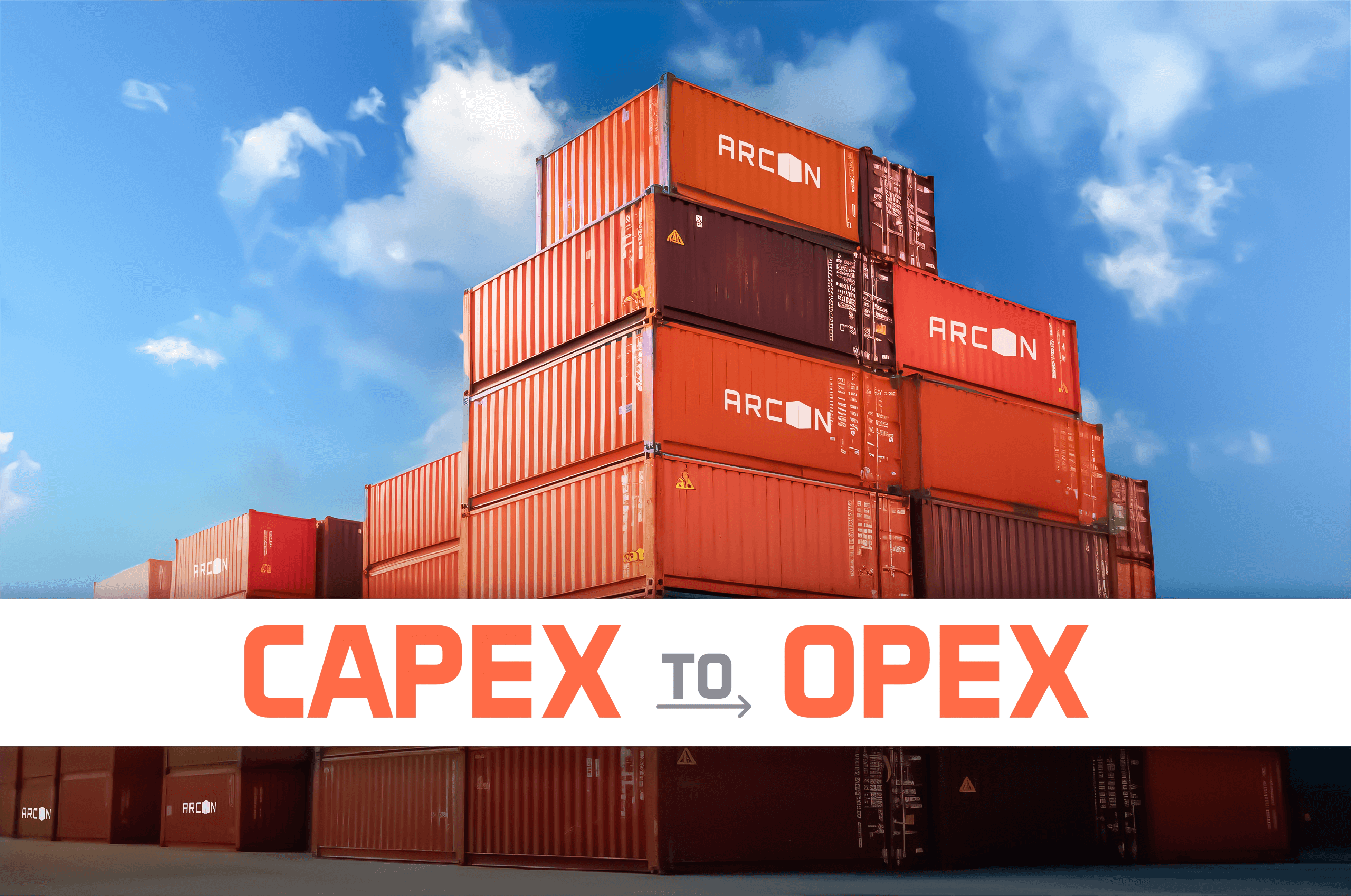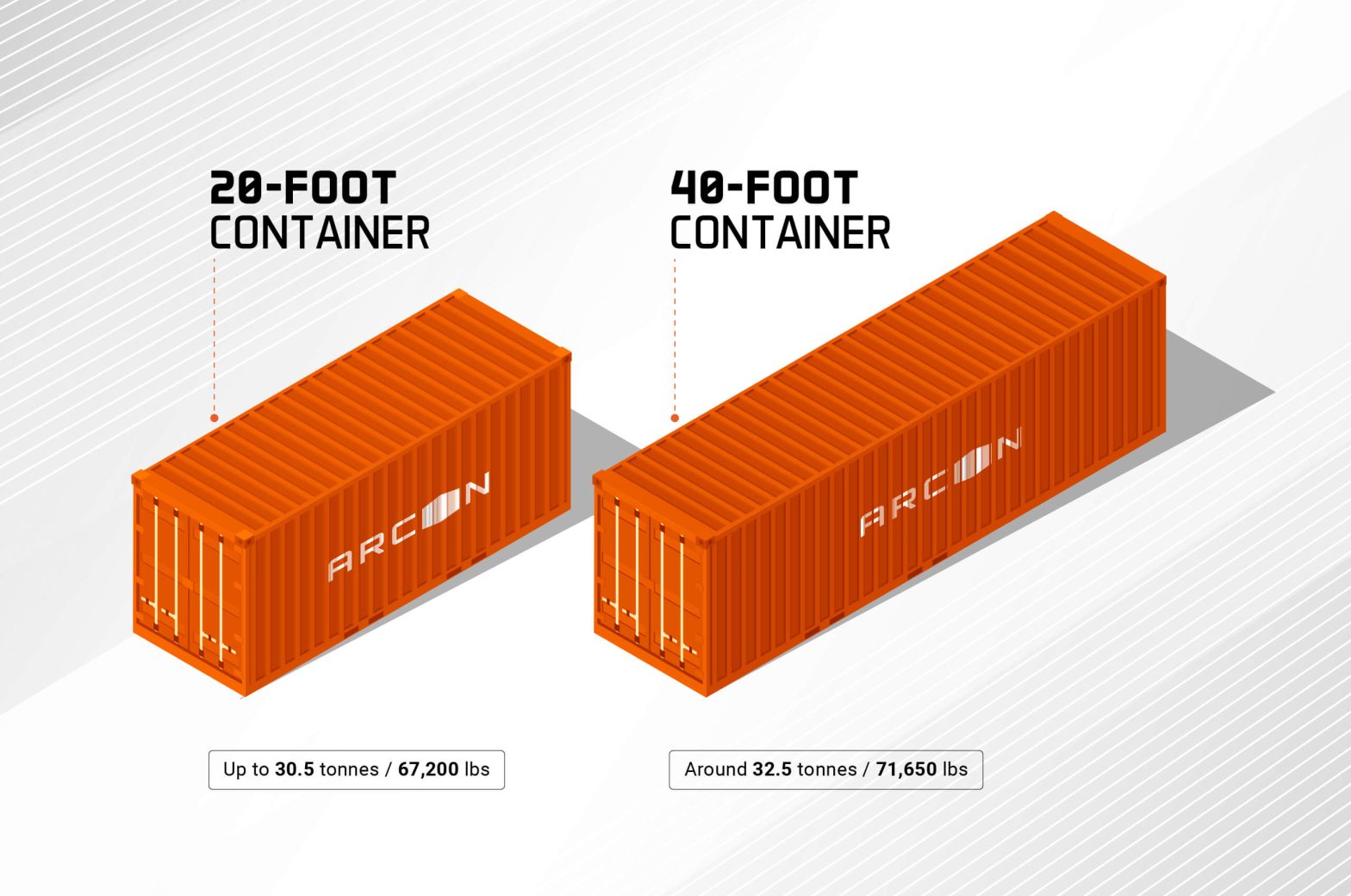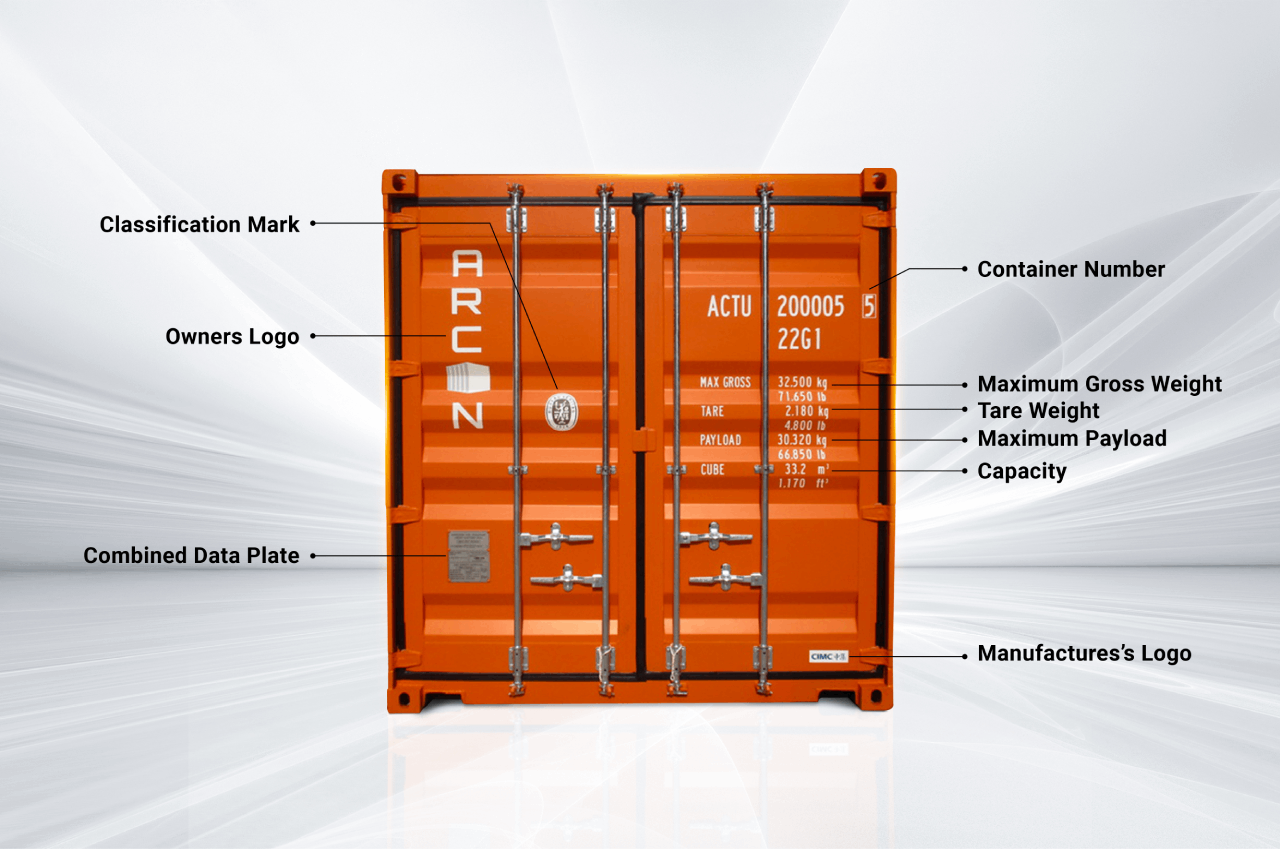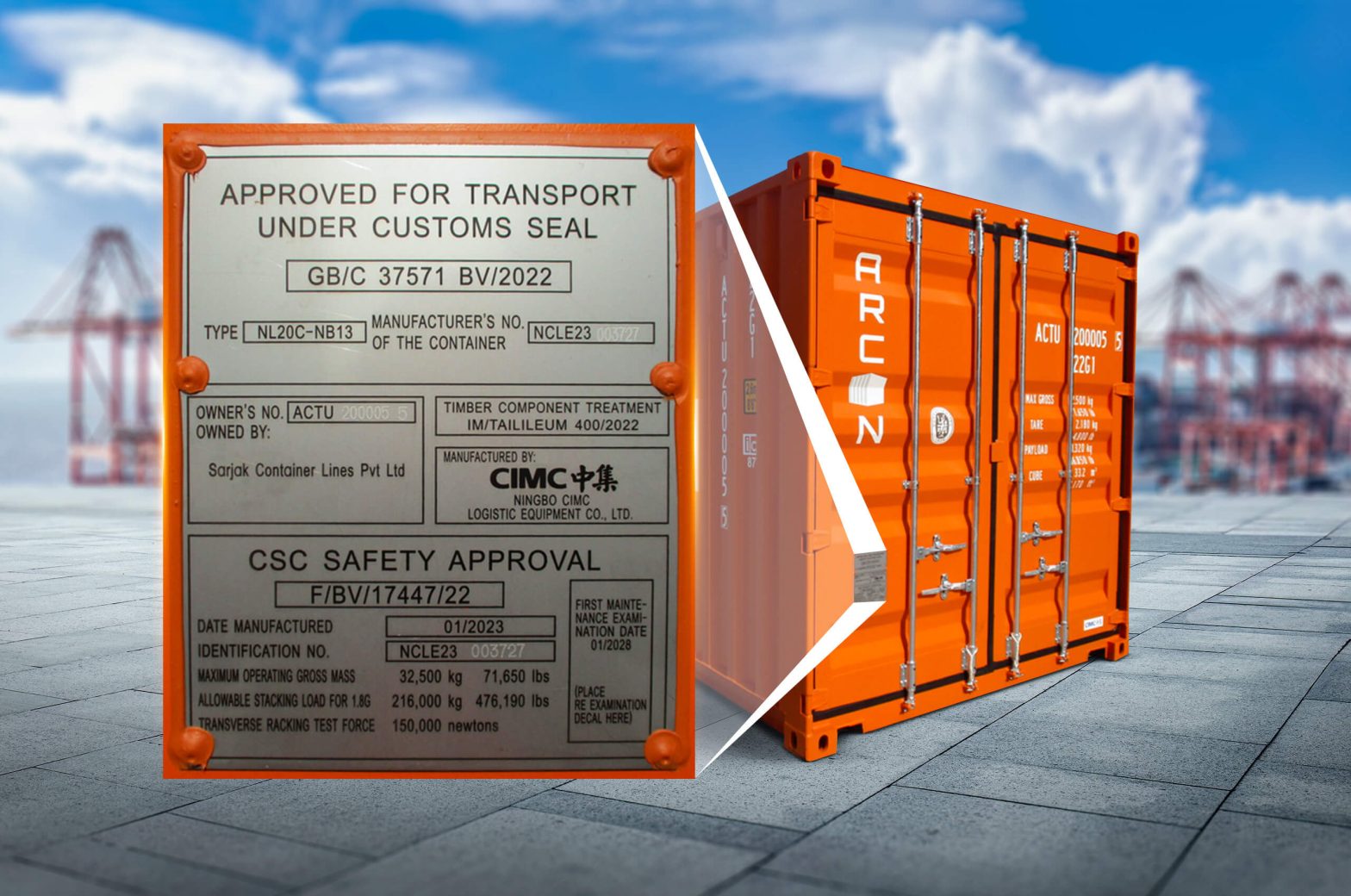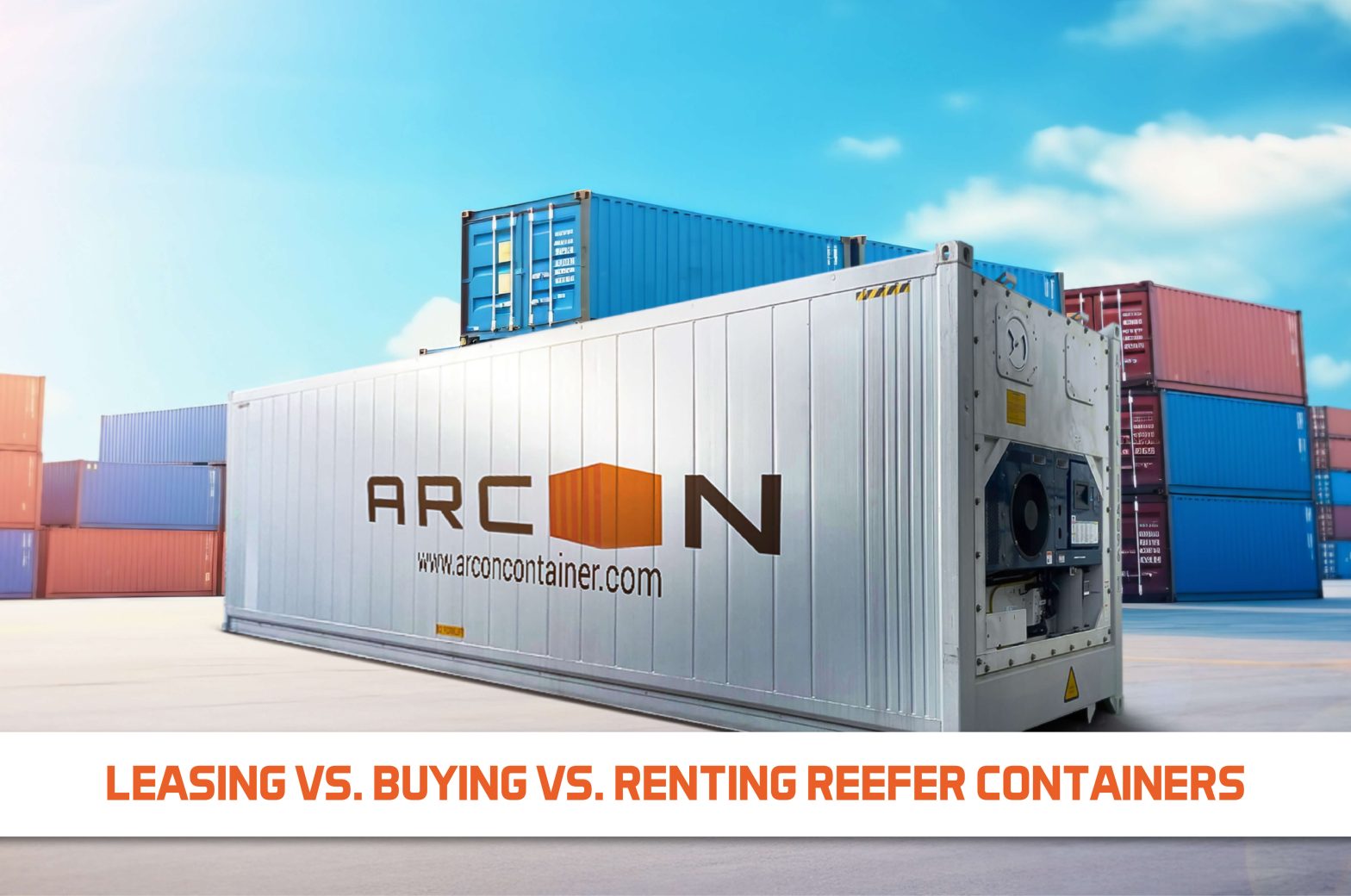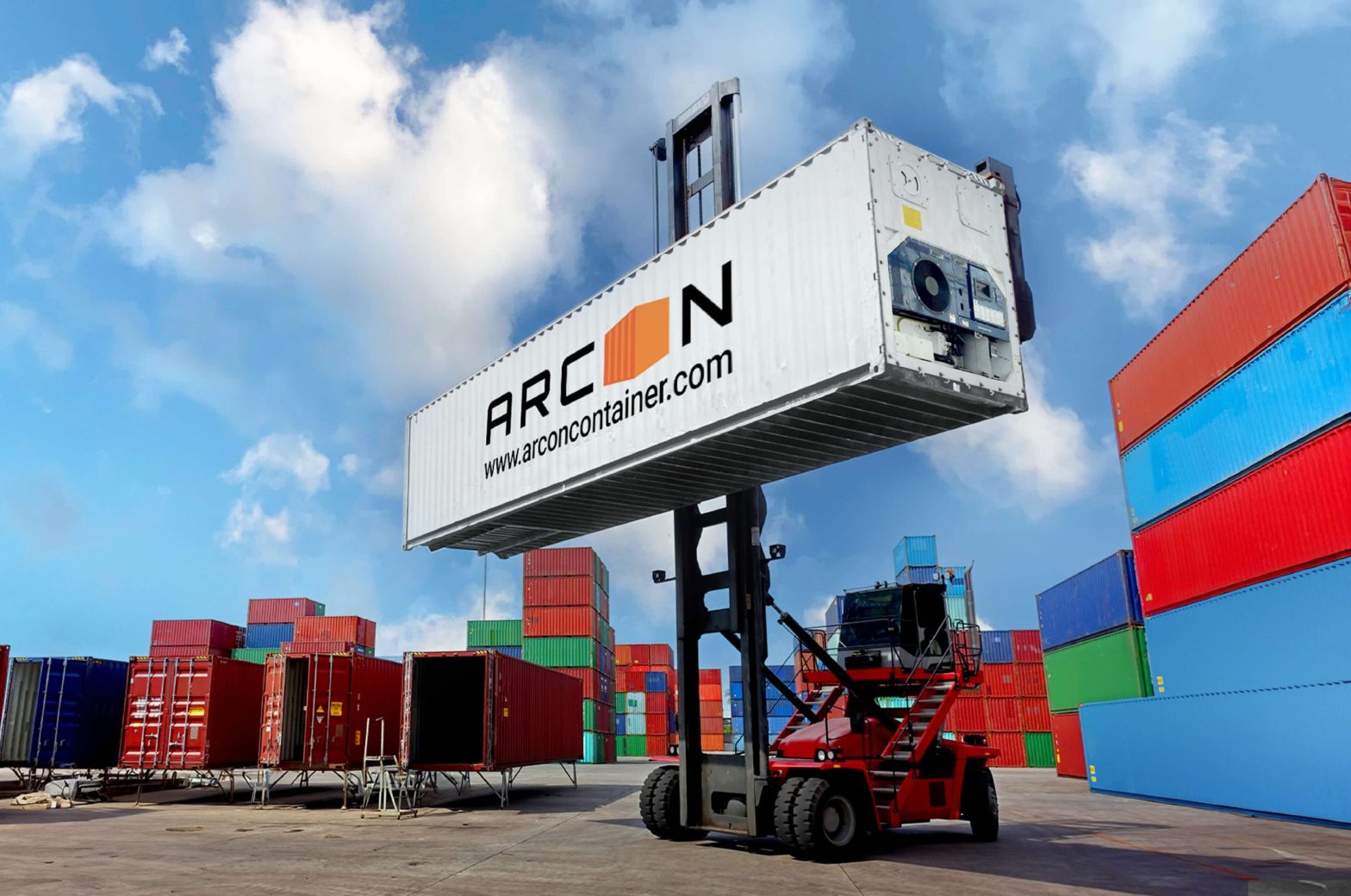Managing business costs while driving growth is a constant challenge, particularly when it comes to significant capital investments like shipping containers. To stay agile, businesses need a solution that meets operational demands without tying up substantial capital. By converting large CAPEX expenditures into more flexible OPEX, companies can boost cash flow, avoid depreciation, and scale operations as needed.
This blog will explore how leasing containers provides a streamlined financial strategy while supporting efficient, scalable business operations.
Understanding the Difference Between CAPEX and OPEX Models
To grasp the full potential of leasing, it’s essential to understand the key differences between CAPEX and OPEX:
| CAPEX (Capital Expenditures) | OPEX (Operational Expenditures) |
| One-time large investments in physical assets. | Ongoing costs for operations such as maintenance, utilities, and wages. |
| Depreciates over time, requiring significant upfront capital | Fully expensed in the year incurred, providing greater financial flexibility. |
| Tied up in assets that may become obsolete. | Easier to adjust to changing business needs with predictable expenses. |
| Impact on Cash Flow: Large initial outlay reduces liquidity. | Impact on Cash Flow: Predictable monthly expenses help manage cash flow. |
Switching from CAPEX to OPEX through shipping container leasing is a smart move for companies looking to improve financial flexibility, preserve working capital, and manage operational costs with ease.
Why Leasing Shipping Containers is Better than Buying
Leasing shipping containers that are available for rent presents several key advantages over buying them outright:
- Lower Initial Investment : Leasing eliminates the need for large upfront capital, allowing businesses to conserve cash for other critical needs.
- Scalability : Leasing enables businesses to scale their container requirements up or down based on demand, without being tied to ownership.
- No Depreciation Risk : Leased containers do not lose value over time, so businesses avoid the financial burden of depreciation.
- Flexibility : Whether short-term or long-term, leasing offers customizable terms that fit the specific needs of your business.
How Leasing Empowers Businesses to Optimize Cash Flow
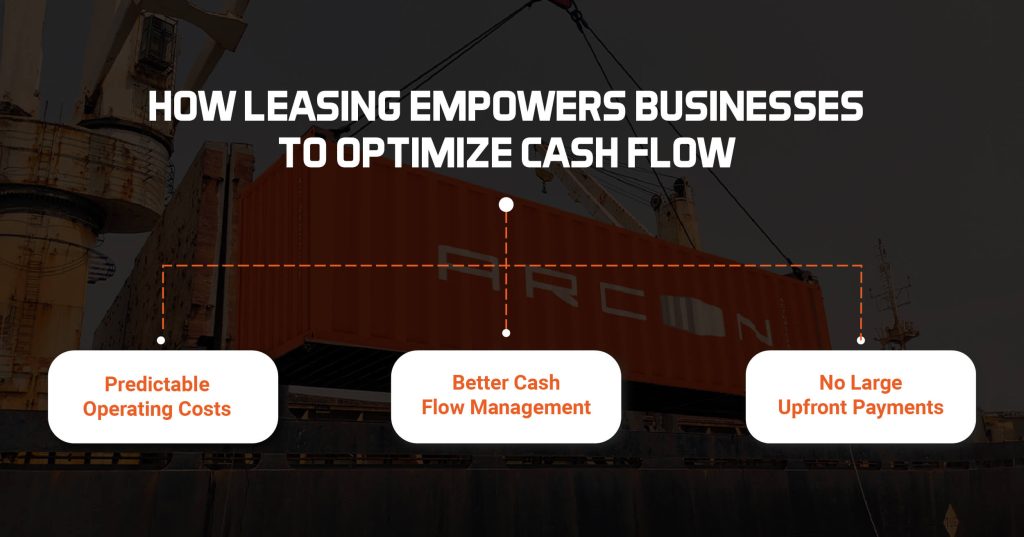
Leasing shipping containers provides several financial advantages that help businesses optimize cash flow:
- Predictable Operating Costs : With leasing, businesses can convert large CAPEX into manageable, predictable OPEX expenses.
- Better Cash Flow Management : Leasing preserves working capital, allowing businesses to allocate funds to more strategic initiatives.
- No Large Upfront Payments : Leasing eliminates the need for substantial upfront payments, helping businesses avoid financial strain and maintain liquidity.
ARCON: The Ideal Partner for Converting CAPEX to OPEX
When it comes to leasing shipping containers, ARCON Containers is your trusted partner for flexibility and efficiency. We help businesses shift from CAPEX to OPEX, making financial management smoother and more adaptable.
What Makes ARCON the Right Choice?
- Proven Expertise : Trusted leader in the container leasing industry.
- Custom Solutions : Flexible options for both short-term and long-term leasing.
- Enhanced Efficiency : Designed to optimize operations and reduce costs.
Leasing from ARCON offers several benefits:
- Comprehensive Maintenance : We handle all maintenance and repairs, ensuring optimal container condition.
- No Unexpected Costs : Maintenance and repair costs are included in the lease, providing financial predictability.
- Smooth Operations : Well-maintained containers reduce the risk of disruptions, allowing your business to run smoothly.
To Conclude
Leasing shipping containers is a smart way for businesses to convert from CAPEX to OPEX model, ensuring better cash flow, enhanced operational efficiency, and reduced financial burdens. By opting for shipping container leasing, businesses can benefit from flexible terms, predictable costs, and hassle-free maintenance.


